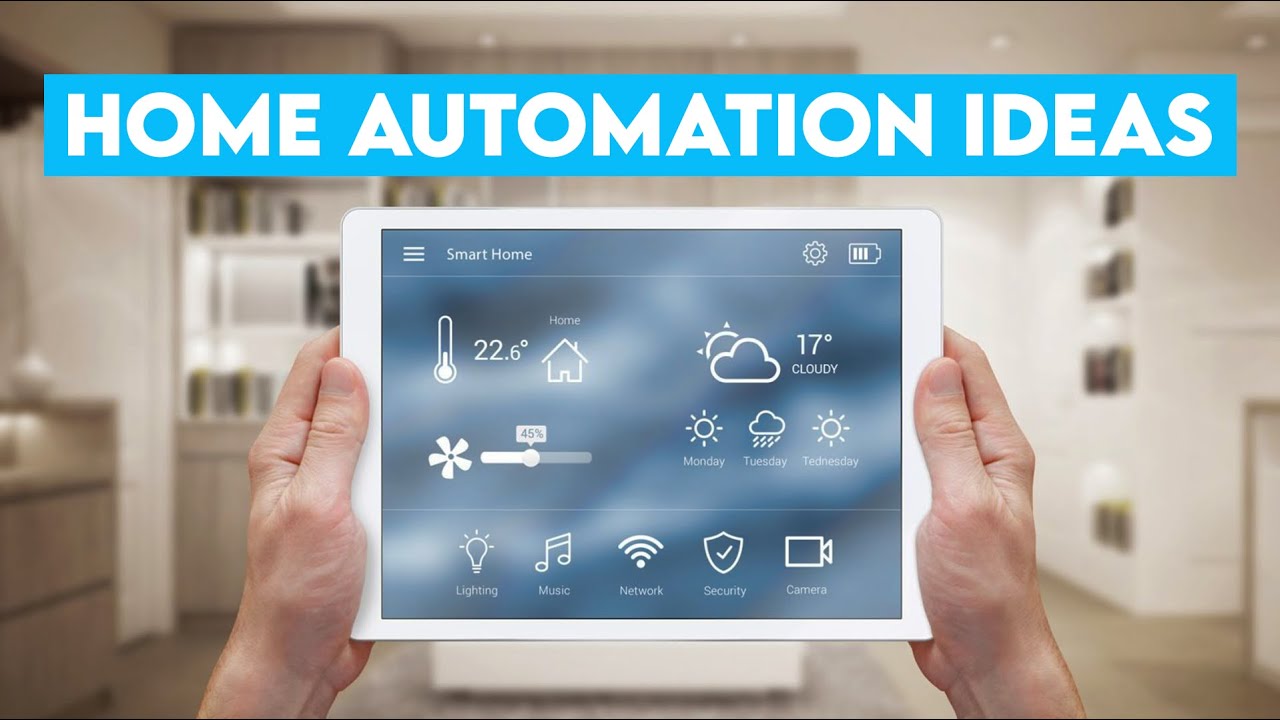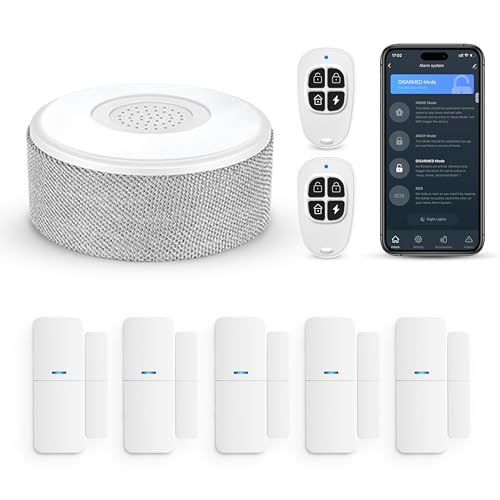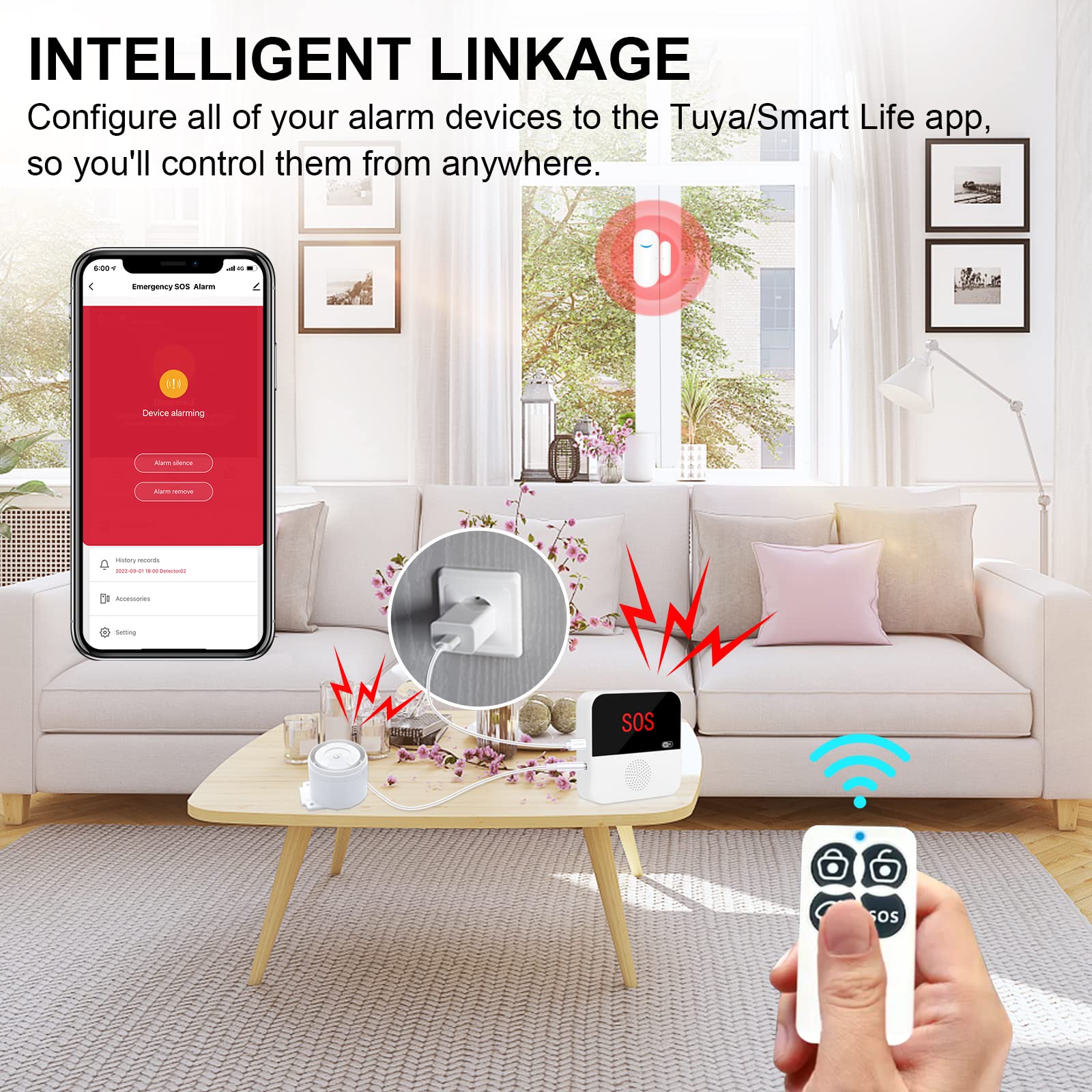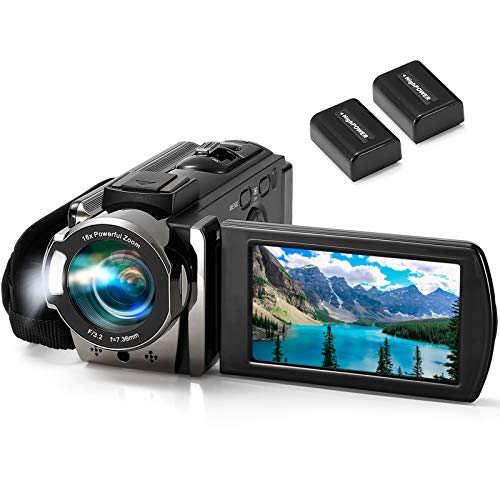Imagine walking into your home and having the perfect lighting greet you every time—bright when you need to focus, soft when you want to relax. Smart lighting automation can make this happen effortlessly.
If you’ve ever wished your lights could adjust themselves to match your mood or daily routine, you’re in the right place. You’ll discover simple, practical ideas to transform your space with smart lighting. Get ready to take control of your home’s ambiance and energy use like never before.
Keep reading, and see how easy it is to bring comfort and style into your life with smart lighting automation.
Benefits Of Smart Lighting
Smart lighting lets you control lights with ease. It saves energy and adds comfort to your home.
These systems use sensors and timers to work automatically. You get better light and save money.
Energy Efficiency
Smart lights use less energy than regular bulbs. They turn off when no one is in the room.
Adjusting brightness and color helps save power. This lowers your electric bills.
- Automatic on/off with motion sensors
- Dimming to reduce power use
- Scheduling to avoid waste
Enhanced Ambiance
Smart lighting changes the mood of any room easily. You can pick colors and brightness levels.
Set scenes for relaxing, working, or parties. Lights adjust to fit your activity or time of day.
- Choose warm or cool light tones
- Create custom lighting scenes
- Control lights from your phone
Improved Security
Smart lights can scare off intruders by turning on automatically. They make your home look lived in.
Use timers or motion sensors to light up dark areas. This helps keep your family safe.
- Lights turn on with movement
- Schedule lights to mimic presence
- Remote control to check your home

Credit: www.vesternet.com
Popular Smart Lighting Technologies
Smart lighting makes homes more convenient and energy efficient. Many technologies power these smart lights.
Understanding popular smart lighting technologies helps you choose the right system for your needs.
Wi-fi And Bluetooth Bulbs
Wi-Fi bulbs connect directly to your home internet. You control them with a smartphone app from anywhere.
Bluetooth bulbs connect to nearby devices without internet. They work well in small spaces with close control.
- Wi-Fi bulbs need a strong internet signal
- Bluetooth bulbs have limited range
- Both types offer color and brightness control
- Apps allow scheduling and automation
Zigbee And Z-wave Systems
Zigbee and Z-Wave use low-power radio signals to connect devices. They create a mesh network for better coverage.
These systems need a hub to link bulbs and devices. The hub connects to your router for app control.
- Zigbee supports many brands and devices
- Z-Wave has less interference with Wi-Fi
- Mesh network improves signal strength
- Good for larger homes and many devices
Voice-controlled Devices
Voice-controlled lights work with smart assistants like Alexa, Google Assistant, or Siri. You use voice commands to control lights.
These devices make hands-free control easy. They can turn lights on or off and change brightness or color.
- Works with Wi-Fi, Zigbee, or Z-Wave bulbs
- Requires a smart speaker or display
- Good for quick, simple commands
- Helps users with mobility needs
Creative Automation Ideas
Smart lighting automation can make your home more convenient and energy efficient. It lets you control lights without using switches.
Here are some creative ideas to help you use smart lighting in useful ways.
Motion-activated Lights
Motion-activated lights turn on when they detect movement. This saves energy and adds safety.
Use these lights in hallways, closets, or outside. They light up only when needed.
- Hallway lights turn on when you walk by
- Outdoor lights activate when someone approaches
- Closet lights switch on as you open the door
Sunset And Sunrise Scheduling
Set your lights to turn on at sunset and off at sunrise. This matches natural light outside.
This schedule helps save energy and improves your daily routine. Lights come on when it gets dark.
- Automatically turn porch lights on at dusk
- Turn off indoor lights at sunrise
- Adjust lighting times with the seasons
Color Changing Scenes
Use color-changing bulbs to create different moods in rooms. Change colors with a tap or voice command.
Choose colors for relaxing, working, or parties. Save favorite colors as scenes to switch quickly.
- Soft blue for calm evenings
- Bright white for work time
- Warm orange for cozy nights
- Multi-color for celebrations
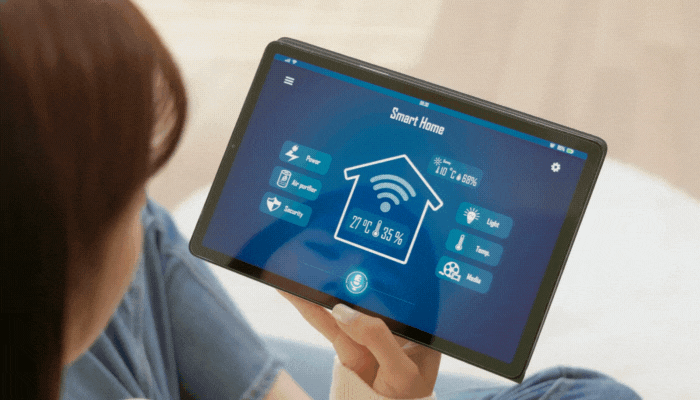
Credit: www.comeseedave.com
Room-specific Lighting Tips
Smart lighting helps create the perfect mood in each room. Adjust lights to fit the room’s purpose.
Using the right lighting can improve comfort and function. Let’s explore ideas for different rooms.
Living Room Ambiance
Soft lights make the living room cozy for relaxing and talking. Use dimmers to change brightness easily.
Add smart bulbs with warm tones to create a welcoming space. Layer lighting with floor and table lamps.
- Use dimmable smart bulbs for mood control
- Add floor lamps for soft, indirect light
- Choose warm white colors for comfort
- Set scenes for movie or reading time
Kitchen Task Lighting
Bright, focused lights help you see well when cooking or cleaning. Use under-cabinet lights for counters.
Adjust color temperature to cool white for better visibility. Use smart switches to turn lights on quickly.
- Install under-cabinet LED strips
- Choose bright, cool white bulbs
- Use motion sensors for hands-free lighting
- Place lights over work areas and sinks
Bedroom Relaxation Settings
Soft and warm lights help you relax before sleep. Use smart bulbs with adjustable color and brightness.
Set schedules to dim lights gradually at night. Add bedside lamps for reading without bright overhead lights.
- Select warm dimmable bulbs
- Use bedside lamps with smart controls
- Set timers to lower brightness slowly
- Create calming light scenes for bedtime
Integrating Smart Lighting With Home Systems
Smart lighting can work with many home systems to make life easier. It helps control lights using one device or app.
Connecting lighting with other systems improves comfort, saves energy, and increases security in your home.
Smart Hubs And Controllers
Smart hubs link your lighting to other smart devices. They let you control all devices from one place.
Controllers like voice assistants or apps make it easy to change light settings anytime.
- Use a hub to connect lights, locks, and thermostats.
- Control lights with voice commands.
- Set schedules for your lighting automatically.
Security System Integration
Linking smart lights with security systems adds safety. Lights can turn on when motion is detected.
This can scare off intruders and alert you about activity near your home.
- Lights flash during alarms to draw attention.
- Outdoor lights turn on with security cameras.
- Simulate presence when you are away.
Energy Monitoring Tools
Energy tools track how much power your lights use. This helps reduce electricity bills.
Smart lighting adjusts to save energy by dimming or turning off unused lights.
- Check energy use in real time with an app.
- Set lights to turn off when rooms are empty.
- Use sensors to adjust brightness based on daylight.
Troubleshooting And Maintenance
Smart lighting automation can make your home more comfortable and energy-efficient. It needs care to work well over time.
Knowing how to fix problems and keep the system updated helps avoid issues and keeps lights running smoothly.
Common Issues
Some common problems with smart lighting include connection drops, delayed response, and bulbs not turning on.
- Wi-Fi or hub connection problems
- Power supply interruptions
- Compatibility issues with devices
- App or control system errors
- Firmware bugs causing glitches
Checking the power and network first helps find the cause quickly. Restarting devices often fixes simple errors.
Firmware Updates
Firmware is the software inside your smart lights and controllers. Updates fix bugs and add new features.
Keep your devices updated by checking the app or device settings regularly. Updates improve security and performance.
- Check for updates monthly
- Use a stable Wi-Fi connection during updates
- Follow manufacturer instructions carefully
- Do not turn off devices while updating
Optimizing Performance
Good performance means your smart lights respond fast and use energy wisely. Optimizing helps save power and avoid delays.
Use these tips to keep your lighting system working well:
- Place routers and hubs close to lights
- Reduce obstacles blocking wireless signals
- Limit the number of devices on one network
- Set schedules to turn lights off when not needed
- Regularly clean sensors and bulbs

Credit: aisav.com
Frequently Asked Questions
What Is Smart Lighting Automation?
Smart lighting automation uses technology to control lights remotely. It improves convenience, saves energy, and enhances home security. Automated systems adjust brightness and color based on your needs. They can be controlled via apps, voice commands, or sensors. This makes lighting more efficient and customizable.
How Does Smart Lighting Save Energy?
Smart lighting saves energy by using sensors and timers. It turns lights off when rooms are empty. Dimmable bulbs reduce power use during low-light needs. Automated schedules prevent lights from staying on unnecessarily. This reduces electricity bills and environmental impact effectively.
Can Smart Lighting Improve Home Security?
Yes, smart lighting improves home security by simulating occupancy. Lights can turn on/off automatically when you’re away. Motion sensors alert you of unexpected activity. Remote control allows instant response to security concerns. Well-lit areas also deter potential intruders.
What Are Common Smart Lighting Automation Ideas?
Common ideas include motion-activated lights, scheduled lighting, and voice control. Color-changing bulbs enhance ambiance and mood. Integration with home assistants boosts convenience. Outdoor smart lights improve safety and visibility. These ideas make homes smarter and more energy-efficient.
Conclusion
Smart lighting automation brings convenience and efficiency to homes. It makes life easier and more comfortable. With smart lighting, you save energy and reduce electricity bills. Customize settings to match your mood or activity. Enhance home security by simulating occupancy.
Enjoy the ease of controlling lights from your smartphone. Integrate with other smart devices for a seamless experience. Explore different ideas to find what works best. Start small and expand as you learn. Smart lighting transforms everyday living. It’s a step towards a smarter, more efficient home.
Embrace the future of lighting today.
16 min read

